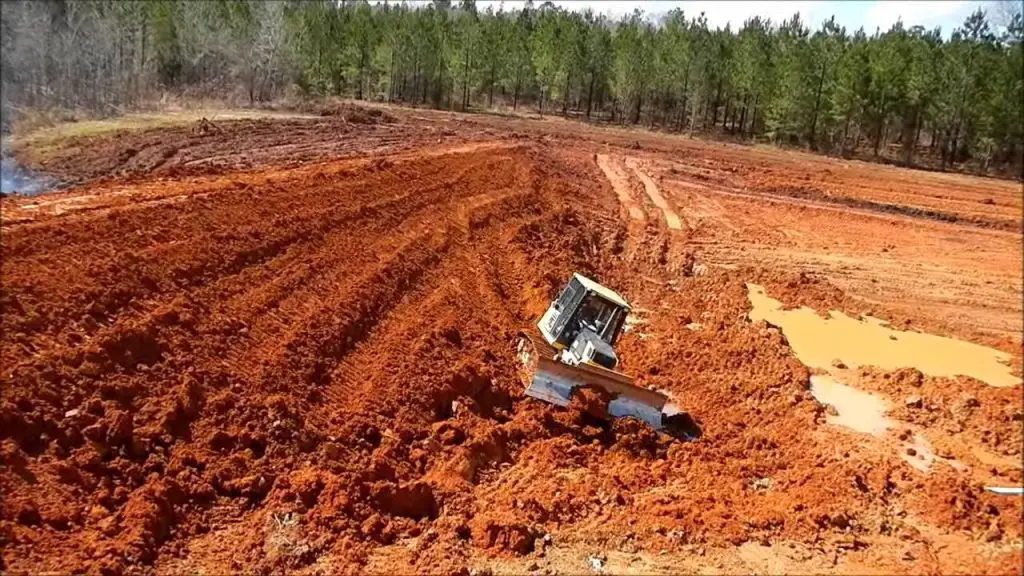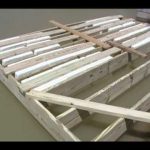### Building a Pond Dam with a Dozer: A Step-by-Step Guide
Are you considering building a pond dam with a dozer? Constructing a pond can be a rewarding and beneficial project, providing water for livestock, wildlife, irrigation, and recreational activities. While the process may seem daunting, with the right equipment and knowledge, building a pond dam can be a manageable and fulfilling endeavor. In this guide, we’ll explore the step-by-step process of building a pond dam with a dozer.
### Step 1: Site Selection
The first step in building a pond dam is selecting the right location. Consider factors such as soil type, water source, and topography. It’s essential to choose a site with suitable soil for building a stable dam. Additionally, assess the natural topography to identify the best location for water retention.
### Step 2: Design and Permitting
Before beginning construction, it’s crucial to develop a comprehensive design for the pond dam. This should include calculations for the required dimensions, spillway design, and erosion control measures. Additionally, obtaining the necessary permits and approvals from local authorities is essential to ensure compliance with regulations and environmental protection.
### Step 3: Clearing and Grubbing
Once the site is selected and permits are obtained, the next step is to clear and grub the area. This involves removing trees, stumps, and other vegetation from the construction site. Clearing the area provides a clean slate for building the pond dam and ensures that the soil is free from obstructions.
### Step 4: Topsoil Stripping
After clearing the site, it’s time to strip the topsoil from the area where the dam will be constructed. The topsoil should be set aside for later use in covering the dam and re-vegetating the area after construction is complete.
### Step 5: Excavation
Excavation is a critical step in building a pond dam with a dozer. Using the dozer, the soil is excavated and moved to form the embankment of the dam. Careful attention should be paid to the compaction of the soil to ensure the stability and integrity of the dam.
### Step 6: Core Trench Construction
The core trench is an essential component of the pond dam, providing a barrier to prevent water seepage. Using the dozer, a trench is excavated to the required depth and width, and the soil is carefully compacted to create an impermeable barrier.
### Step 7: Embankment Construction
With the core trench in place, the next step is to construct the embankment of the pond dam. The soil excavated during the initial excavation phase is used to build up the embankment, creating the structure that will retain the water in the pond.
### Step 8: Spillway Construction
The spillway is a crucial element of the pond dam, providing a controlled outlet for excess water and preventing erosion. Using the dozer, the spillway is excavated and shaped to ensure proper water flow and erosion control.
### Step 9: Compaction and Shaping
After the embankment and spillway are constructed, the soil is thoroughly compacted to enhance the stability of the dam. Additionally, the final shaping of the dam is carried out to ensure proper slope and drainage.
### Step 10: Topsoil Placement and Vegetation
Once the construction of the pond dam is complete, the topsoil that was previously stripped is placed over the dam to promote vegetation growth and prevent erosion. Vegetation such as grass, shrubs, and trees can then be planted to stabilize the dam and create a natural habitat.
### Step 11: Maintenance and Monitoring
After the pond dam is constructed, it’s essential to establish a maintenance and monitoring plan to ensure the long-term integrity of the structure. Regular inspections, erosion control measures, and vegetation management are crucial to the ongoing success of the pond dam.
### Conclusion
Building a pond dam with a dozer is a complex but rewarding process that requires careful planning, design, and construction. By following these step-by-step guidelines, you can successfully build a pond dam that provides numerous benefits for water management, wildlife habitat, and recreational enjoyment. Remember to consult with experts and obtain the necessary permits before embarking on your pond dam construction project. With the right approach and attention to detail, you can create a sustainable and valuable water resource on your property.





